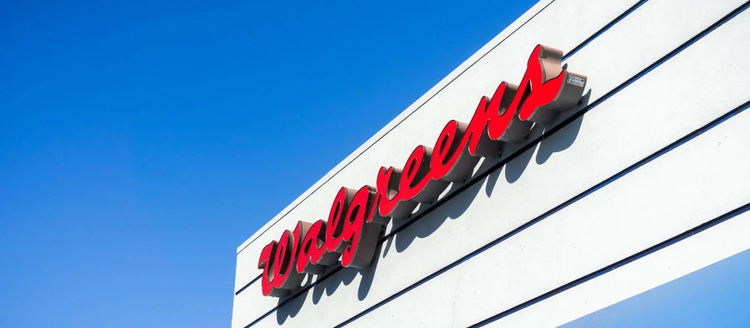CMO and CIO of Walgreens Boots Alliance share COVID-19 lessons learned

At Walgreens Boots Alliance (WBA), the largest retail pharmacy across the U.S. and Europe, the company’s CMO and CIO share an intense passion in ensuring the company is providing a personalized experience to customers across all channels—both digital and in-store and has partnered with Adobe to make that a reality. Vineet Mehra is the company’s CMO and chief customer officer and he has forged a very close relationship with Francesco Tinto, the company’s CIO.
We sat down with the two executives to talk about how they work together and what they’ve learned about business and customer expectations throughout the COVID-19 pandemic. Watch the video below for more info on how the two executives work closely together, and then read on for the top seven key takeaways to accelerate digital transformation.
1. Putting the customer first will never steer you wrong
Both Mehra and Tinto stressed the importance of putting the customer at the heart of all decision-making and said that WBA has had a customer-first mentality even before COVID-19 hit the United States. The focus during the coronavirus outbreak was around learning to operate faster in launching experiences, while keeping customer needs front and center.
According to Mehra, “businesses and brands win when the customer is at the center of what you do.”
2. Personalize at scale—to the individual
Personalization is no longer just a nice-to-have. And most brands have various teams personalizing experiences in small pockets. Unfortunately, Mehra says, it’s not enough to just be personalized. “When you have more than 100 million customers that integrate and connect with your business every single year, you need to do personalization at a scale,” he explained, adding that this requires tailored customer journeys for each individual customer.
“We want to deliver personalized experiences, to all one hundred million plus of our customers, and really meet them on their health and well-being journey where they want to be met, and with the products and services that they need from us right when they need it,” he said.
3. Collaboration is key, so is breaking down silos
Mehra believes that organizations need to collapse the interdepartmental silos that still exist at large enterprises. Teams needs to be marching towards the same drumbeat.
“We need to move to a world where it’s seamless, frictionless collaboration between functions, [which will allow us to to] work in agile ways,” he said. “We need to recognize that horizontality in organizations is what matters, not the [antiquated] vertical top down approaches.”
Both executives spoke to the importance of CIO and CMO alignment, specifically. IT, generally speaking, has changed over the last few years, moving from large scale technology implementations, to much more customer-facing, experience-based technology implementations. “Which by definition means you have to get out of the back room and into the customer-facing applications and physical footprint that you have as a business,” Mehra said.
Mehra sees a lot of change happening in his neck of the woods as well. The modern CMO, he said, needs to be fluent in data architecture and technology to be truly cutting edge and build and manage experience effectively. WBA’s CIO and CMO both agree that their relationship has been key to customer experience innovation at WBA.
4. Live up to your brand’s purpose
Tinto, WBA’s CIO, stressed that everything an organization does, and every experience it creates for its customers must ladder back up the overall brand purpose.
Mehra echoed these thoughts, adding: “We are, in many cases, the front line and the first stop for many of our customers in resolving and taking care of the health and well-being of their families,” he said. “And, that purpose means a lot to us as does the role we play in the context of that purpose.”
5. It all comes down to your people
According to Tinto, digital transformation is as much about mindset as it is about technology.
He said that WBA defines digital transformation as a shift to modernizing how WBA interacts with its customers. However, “to transform the way we interact with our customer, we have to start with our own people.”
Tinto says that both he and Mehra have done a great deal of work to ensure that the organization, as a whole, is thinking differently. It means being willing to try new things, fail fast, and learn from them. Leaders must foster this type of thinking as it spurs innovation.
6. Agile is the modern organization
Tinto emphasized that companies must not approach digital transformation in a traditional way—with a mentality of needing to get every single detail right in a launch, and being perfect.
COVID-19, he says, has taught his team that prioritization is key: First you figure out what really matters, and then start building the capability, launch, and iterate as you go. “This is how to approach digital transformation in a truly agile way…Learning while [you’re] doing and adjusting with flexibility.”
7. Technology can future-proof your brand
Mehra believes that the right technology is going to be of the utmost importance going forward as we emerge from the COVID-19 pandemic. Consumers have taken on new online behaviors and have new expectations—both of which are irreversible. Business won’t ever be the same again, he said.
“It’s going to [take] an entirely new technology platform, new capabilities, and more resilience and commitment from our people, than we have ever seen before,” he said.